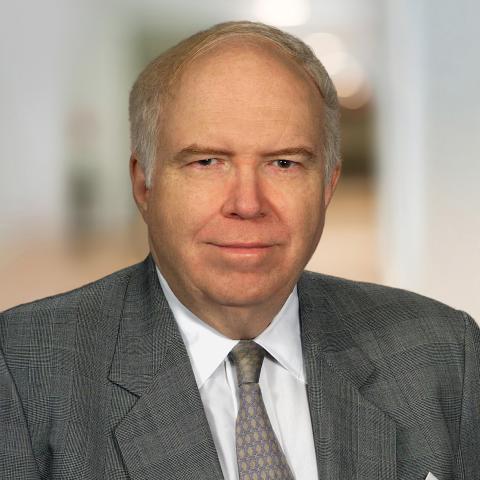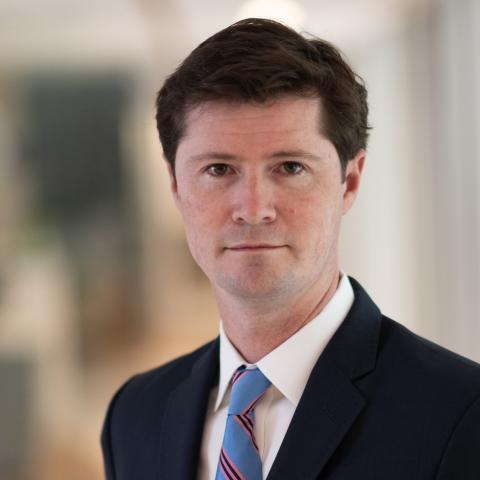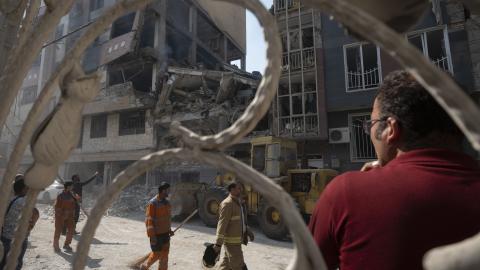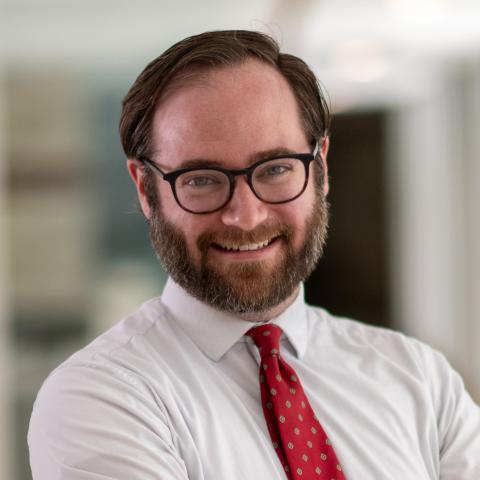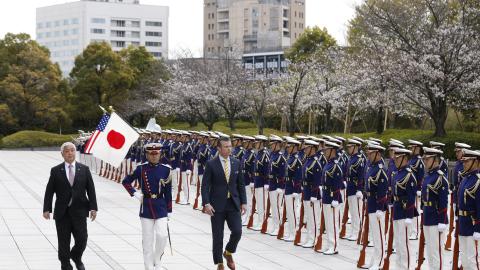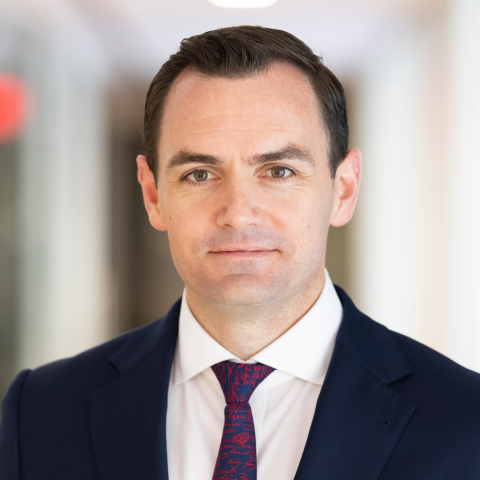The Hudson Institute Center for Science in Public Policy (CSPP) has researched and written about global health issues for over 15 years. This research has included both communicable and noncommunicable diseases, pandemics and epidemics, healthcare financing, global health institutions, drug safety, quality and efficacy, and the philanthropic contributions of NGOs, foundations, corporations, religious organizations, universities, and volunteers in overseas health programs.
This report takes an in-depth look at global health initiatives pre and post 2015. With the Millennium Development Goals (MDGs) ending in 2015 and new Sustainable Development Goals (SDGs) coming soon, it is timely to take a look at these programs to see what worked and what did not over the last 35 years, what goals were met and why, and what lessons were learned that we can take forward into the post 2015 period.
To do this we have selected four major global health initiatives developed within the last 25 years for in-depth review. In assessing these programs, we will make reference to various other well-known initiatives, both successful and not, in order to pull out lessons learned for future international health programs. This research looks at reports, studies, and evaluations on the purpose, outcomes, partners, costs, implementation, and lessons learned for purposes of providing a reference point to inform the forthcoming deliberations on SDGs and Universal Health Care (UHC).
What were the health outcomes of global initiatives, and at what cost? What organizational structures worked best to fight the pandemics and other diseases? What are the optimal roles of different global health players? Will the current global health SDGs meet the needs of the world’s population over the next 20 years? These and other questions are relevant to people throughout the world, along with global policy-makers, and researchers. With big decisions about sustainable development goals, targets and their implementation being made now come big responsibilities to look at the track record of programs, gauge best practices, and build on a successful foundation to truly help the world’s poorest people.

